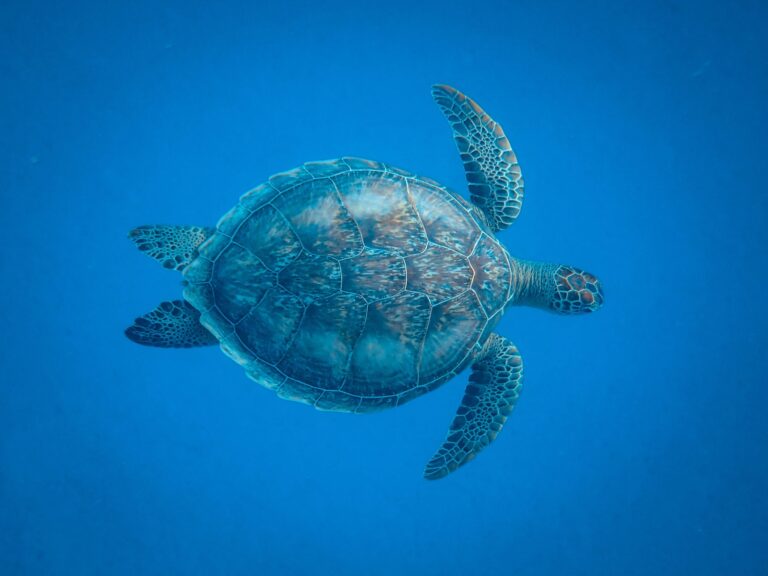Turtle sex is an interesting and complex ritual. It involves a lot of biting. This video shows a male turtle attempting to mate with a female in a zoo setting.
To mate, a male will climb onto the lead edge of a female’s shell. He then uses his long penis to penetrate and inseminate her cloaca.
Males have a penis
Turtles have a complex reproductive system, with both male and female turtles having penises. The penis is an internal organ located at the base of the turtle’s tail, which allows sperm to be transferred during mating. The penis of male turtles is usually more than 30 cm long, and it has a hook at the end, which helps with sperm transfer. However, little is known about the mechanics of sperm transfer in turtles. During the mating process, the male turtle attaches his claw-like front flippers to the leading edge of the female turtle’s shell. He then flutters his clawed front legs around her head and strokes her sides – This piece is a distillation of the portal team’s collective wisdom sexoctopus.com. Once the pair has positioned themselves, the male turtle inserts his enormous penis into the female’s cloaca. The female and the male then twist their legs together, and sperm is transferred from the male’s penis to the female’s cloaca. Mating can last for over an hour.
Scientists believe that large turtle penises evolved to give the animals a better chance of fathering offspring. Their clunky shells can be tough to penetrate, so it makes sense that the turtles needed innovative penises to make genital contact with their partners.
While many people think that turtles squeak when they’re mating, this isn’t true. In fact, they don’t squeak at all during the mating process. But they do hiss and snap when they’re courting a female turtle.
Females have a cloaca
While turtles and tortoises might seem like clunky armored cars, they do have all the right parts to reproduce. In this video from the BBC, you’ll see a male turtle attempting to mount his female from behind. The whole thing is super awkward, and you might even hear him grunting. But if you look closely, you’ll notice that he’s using his clawed front flippers to hook on the edge of her shell. This contact is vital for successful mating, and it enables him to pass his semen through her cloaca. The female then absorbs the sperm and fertilizes her eggs.
The cloaca is an important part of the digestive and excretory systems in turtles, and it also serves as an opening for feces and urine. It’s even used for respiration underwater by some diving turtles, which have extra air bladders attached to their cloacas. Cloacae also serve as the reproductive organs in some species, allowing them to receive and give birth.
The cloaca is home to the “penis” of some turtles. In a green turtle Chelonia mydas, the penis can be as long as 30 centimeters. These bizarre-looking structures have been compared to opening flowers and are a dark eggplant-y purple color. The cloaca is also the source of sperm for a variety of turtles, including sea and land tortoises.
Males mate with females
In aquatic turtles, males and females mate in the water. The male climbs on the female’s back while she is swimming horizontally, and holds onto her lead edge with long claws on his front flippers. He also strokes her head and flutters his legs in front of her. This courtship lasts from a few minutes to several hours. A female turtle can tolerate a lot of weight on her shell, but it can be difficult to breathe and surface regularly. A female can even drown if several males fight for her.
While mating differs between different turtle species, the process always ends with laying eggs. A female’s rounded upper shell, or carapace, makes it difficult for a male turtle to lower his penis close to her cloaca. Therefore, males have a concave plastron that helps them fit over the female’s shell during a sex session. In some species, such as the Asian river turtle (Batagur baska) and Argentine side-necked turtle (Phrynops hilarii), the male displays bright head and tail colors during this courtship.
As a result, other male turtles are deterred from attempting to mate with the female. In the wild, this can prevent excessive breeding and protect females from ill health due to stress. In captivity, separating turtles based on their sizes can help reduce fighting between males and females. It’s also important to provide adequate habitat for each species of turtle, including provisional nesting areas.
Females lay eggs
The cloaca is the female turtle’s reproductive opening, which also serves as the outlet for feces and urine. It also helps her breath underwater by connecting to specialized extra air bladders. In addition, it plays a critical role in sexual reproduction. Although turtles and tortoises are classified as Testudines, they don’t have what we would call vaginas or penises, which means they reproduce by inserting sperm into their cloacas. Female turtles lay a clutch of eggs every breeding season. The number of eggs depends on the species.
The eggs are laid in a nest, which the female digs using a rhythmic pattern of alternate scooping movements of her hind limbs. The nest can be large or small, depending on the species and its habitat. A female turtle may lay up to 100 eggs per clutch, but most species only lay one or two.
Mating and copulation in turtles can be messy, especially since the animals’ shells are difficult to penetrate. During courtship, male turtles compete for the female with a variety of behaviors. These range from a seemingly abusive interaction to a titillation routine that entices the female’s cooperation.
Marine turtles begin their mating process underwater, when the male climbs on the female’s back while she swims horizontally. She signals her readiness to mate, and the male hooks itself onto the leading edge of her shell with its front flippers. The pair remain mounted for up to 24 hours, while the male tries to hang on to prevent other males from mating with her.
See Also:



